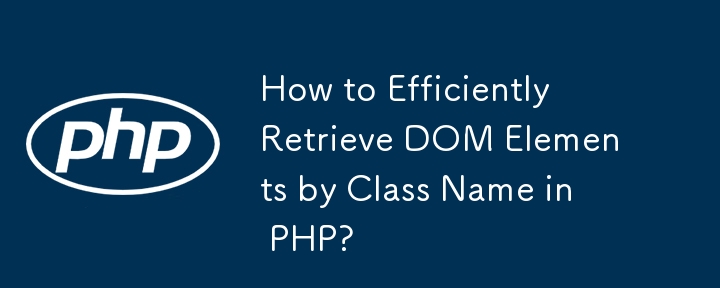Found a total of 10000 related content

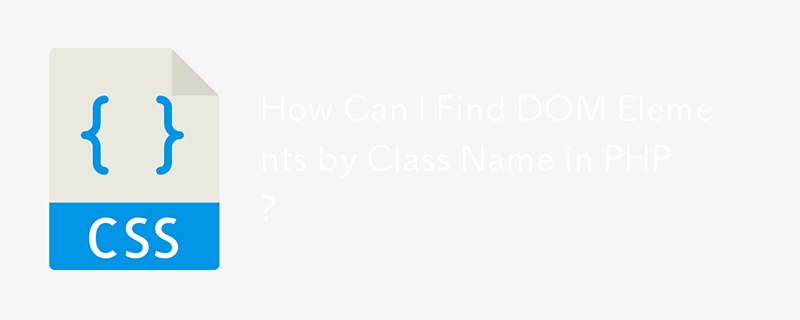


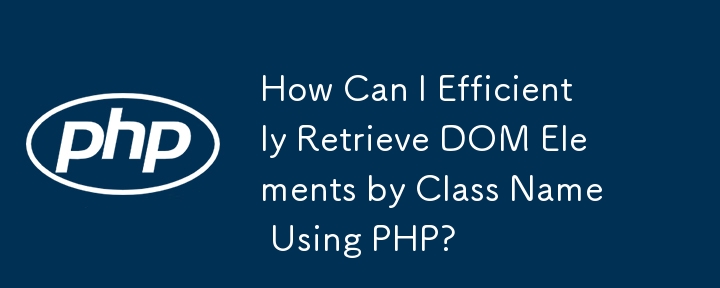


CSS selector tutorial
Article Introduction:Element selectors, class selectors, ID selectors, and wildcard selectors are the most basic and commonly used selectors; 2. Descendants, children, neighboring brothers, and general brothers selectors achieve more precise element positioning through combination; 3. Attribute selectors match elements based on HTML attributes and their values, suitable for forms and dynamic content; 4. Pseudo-class selectors select elements based on element state (such as:hover, :focus) or structural position (such as:first-child, :nth-child); 5. Pseudo-element selectors (such as::before, ::after, ::first-line, ::first-letter) are used to style the virtual parts of elements; the selector priority is calculated by weight, ID
2025-07-28
comment 0
348

How to efficiently reorganize array elements based on content in PHP
Article Introduction:This tutorial explains in detail the effective way to reorganize array elements in PHP based on specific string conditions. Data classification can be achieved clearly and efficiently by first merging the original array, then traversing the merged collection, and using conditional logic to assign elements to a new target array, such as grouping words containing specific letters into one class and the rest into another, ensuring the simplicity and maintainability of the code.
2025-08-15
comment 0
724

How to Calculate Age from Date of Birth in SQL and PHP?
Article Introduction:This article discusses two approaches for calculating a user's age based on their birth date: one using SQL and the other using PHP. The SQL approach involves utilizing the TIMESTAMPDIFF() function, while the PHP approach employs the DateTime class a
2024-10-24
comment 0
1208

How do I Calculate Age from Date of Birth in PHP and MySQL?
Article Introduction:This article discusses two methods for determining the age of an individual based on their date of birth using PHP and MySQL. The PHP method employs the DateTime class to compute the age difference. The MySQL method utilizes the TIMESTAMPDIFF() funct
2024-10-24
comment 0
398

How to Autoload Classes in PHP 7?
Article Introduction:This article explains PHP 7's autoloading, using spl_autoload_register() to load classes on demand. It details best practices like namespace-based autoloading and caching for performance optimization, addresses common issues (e.g., class not found
2025-03-10
comment 0
1051
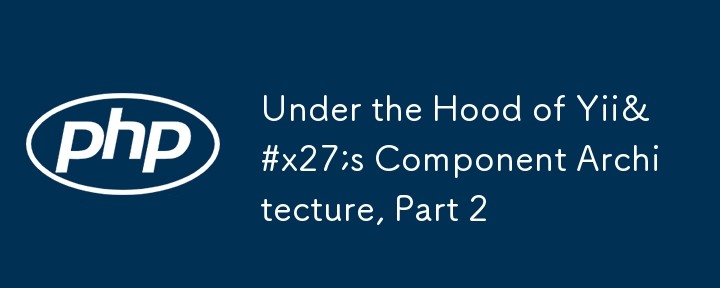
Under the Hood of Yii's Component Architecture, Part 2
Article Introduction:This article continues our exploration of Yii Framework's CComponent class, focusing on event-driven programming in PHP. This is part 2 of a three-part series demonstrating how Yii leverages a component-based architecture to manage properties, confi
2025-03-01
comment 0
1102

Understanding CSS selectors tutorial
Article Introduction:CSS selector is a key tool for precise control of web elements in front-end development. 1. The basic selector includes element selectors (such as p), class selectors (such as .btn) and ID selectors (such as #header), which are used to match tags, reusable class names and unique IDs, respectively, and the difference is priority and usage scenarios; 2. Combination selectors achieve more precise selection through descendants (such as divp), offspring (such as ul>li), adjacent brothers (such as h1 p) and general brothers (such as h1~p) relationships; 3. Attribute selectors select elements based on attribute values, such as [type="text"], [href] and [class*="col-"]
2025-07-03
comment 0
330
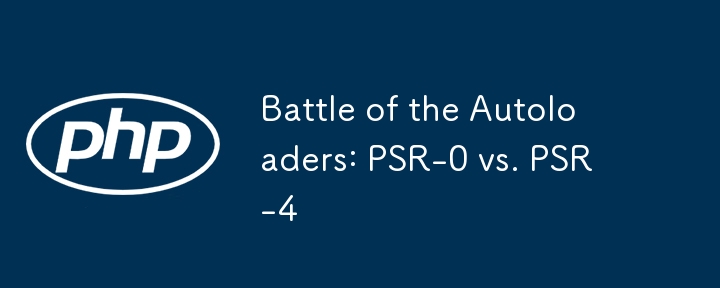
Battle of the Autoloaders: PSR-0 vs. PSR-4
Article Introduction:Key Takeaways
PSR-0 and PSR-4 are autoloading standards in PHP, with PSR-0 defining paths based on a class’s namespace and allowing underscores in class names, while PSR-4 aims to simplify the folder structure and remove remnants of PSR-0.
PSR-4
2025-02-23
comment 0
320

Cross-time zone data aggregation: Time processing strategies in MySQL and PHP
Article Introduction:This article aims to guide developers how to efficiently process time data across time zones in MySQL and PHP, especially when aggregation operations such as MIN/MAX are required based on the user-specified time zone. The article elaborates on the configuration and use of the MySQL CONVERT_TZ function, as well as the application of the PHP DateTime class, and provides specific code examples and best practice suggestions.
2025-08-24
comment 0
842

Working With URIs in Laravel
Article Introduction:Laravel 11.35 introduces the Uri class based on the PHP League URI library. Uri simplifies the process of manipulating and processing URIs in Laravel applications and provides some convenient features about named routing.
Basic Operation
The core function of the Uri class is to create and manipulate URI strings, including queries, fragments, and paths:
use Illuminate\Support\Uri;
$uri = Uri::of('https://laravel-news.com')
->withPath('links')
->wit
2025-03-05
comment 0
840

How to get datetime aggregated data by user time zone in MySQL and PHP
Article Introduction:This article elaborates on strategies for handling multi-time zone date-time aggregation in MySQL databases and PHP applications. By explaining MySQL's CONVERT_TZ function and its dependence on time zone system tables, as well as the powerful time zone conversion capabilities provided by the PHP DateTime class, this tutorial aims to guide developers how to accurately filter, group and aggregate data based on the user-specified time zone, thereby avoiding calculation errors caused by time zone differences.
2025-08-24
comment 0
644

Laravel error and exception handling
Article Introduction:Laravel's error and exception handling mechanism is based on the PHP exception system and Symfony component, and is managed by the App\Exceptions\Handler class. 1. Record exceptions through the report() method, such as integrating Sentry and other monitoring services; 2. Convert exceptions into HTTP responses through the render() method, supporting custom JSON or page jumps; 3. You can create custom exception classes such as PaymentFailedException and define their response format; 4. Automatically handle verification exception ValidationException, and manually adjust the error response structure; 5. Decide whether to display details based on the APP_DEBUG configuration.
2025-07-31
comment 0
746
